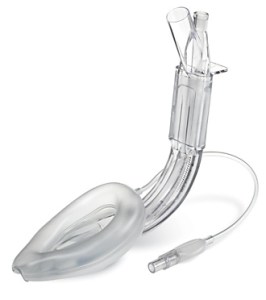Hey
@Noyac, good to see you posting. Good, challenging case. My thoughts are as follows:
1) she has about a 0% 5 year survival rate. She'll likely never have any sort of quality of life again.
2) She's better suited for a palliative care consult than ortho or thoracic surgery. BMI 48, O2 6LPM with minimal activity? Someone is considering lung reduction surgery? BWahahahhaha

3) my thoughts these days are pulm and cards notes are irrelevant with regard to suitability for surgery/anesthesia. They're signing off on the fact that nothing needs to be done to her heart or lungs right now (though the pulm note is suspicious...).
4) if you're doing her at your ASC geez man, what patients are you taking care of in the big house? Since she can't get out of bed without a flood of oxygen to her face she goes directly to the big house where I am.
5) The plan for pain control is no different than it would be for anyone else. You either block, they have little to no pain, and you don't worry about whatever O2 exchange capacity you've knocked out because you've bargained they can handle it. Or you dont' block, they have pain and get a fair amount of opioids, and you don't worry about whatever O2 exchange capacity you've knocked out because you've bargained they can handle it.
6) In short, I push the surgeon not to do the surgery and have a frank discussion with the patient. I realize most COPDers do fine with GETA, but most of them aren't BMI 48 with O2 flood to face every time they have a bowel movement. I'm pushing for palliative involvement here.
If someone holds a gun to my head we do the following:
1) low volume supraclav (10cc)
2) intubate
3) aline if BP cuff isn't reliable
4) plan to extubate to CPAP or BiPAP but tell patient it's likely she goes to ICU intubated
5) even if she surprises us and flies through she stays overnight in case the block wears off and she requires opioid and more CPAP/BiPAP
Now, tell us you did it with block, nothing else, she was discharged 30 min post op, and climbed Mt Everest later that week.
🙂





